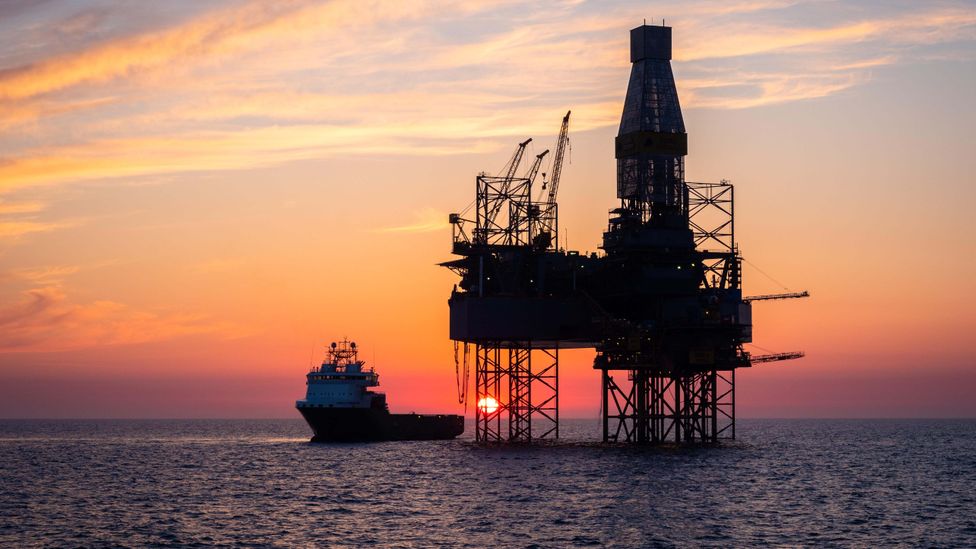The Oil rig is a valuable machine that helps in the extraction of oil as well as natural gas from the seabed. There are five different types of oil rigs; in this article, we will tell you about them in detail. Every oil rig is produced according to different purposes and has unique features. They are used for either extracting oil from the ocean floor or the land.
Sometimes, it is hard to find out the best platform to get information about oil rigs. If you are looking for the same, you can visit the WYCE Innovations Site. At the WYCE Innovations site, you can find more about drilling equipment.
Now, let’s discuss the five different types of oil rigs in detail.
What are the various types of Oil drilling equipment?
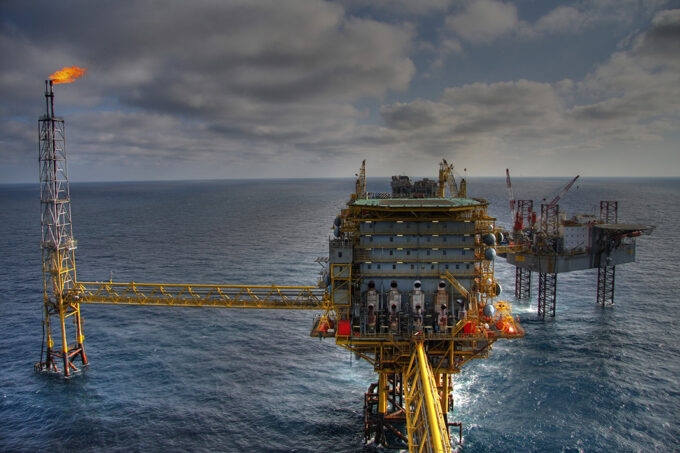
Jackups- Jackup rig is one of the most effective drilling equipment. The best part about this structure is that it can be moved undeviatingly to the location to pump oil. It can go up to 350 feet under the sea. It has open-truss legs that make the process of pumping up oil efficiently from the sea. Two types of Jackups are as follows-
The Cantilever Jackup structure is the most popular drilling rig. Its drilling derrick is mounted to the main deck’s extending arm. The Keyway Jackup is the second type of structure. It includes a derrick over the opening of the drilling deck.
Floaters- Floaters are another type of drilling oil rig used in deep seas. They can be positioned over the exact point to pump crude oil with the help of anchors. It is not possible with other drilling equipment. There are various types of floating rigs designed for deep-sea level drilling. The two most used floaters are semi-submersibles and drillships.
Semi-submersible structure- This type of drilling unit can go up to 12000 feet deep in the water. The decks of the Semi-submersible platform can float over the water and also keep the underwater platforms stable. It has only one disadvantage that it is hard to move it as compared to the Jackup. It comes in two types-
Sea Star Platforms- They have flexible legs made of steel. These platforms are suitable for less than 3500 feet deep water.
Spar Platforms- They are placed on a hollow cylinder. The cylinder is hanged at a depth of 700 feet. These platforms can drill up to 10,000 feet under the sea.
Drillships- Drillships help in pumping oil from deep seas. The equipment for drilling is placed in the middle of the drilling deck. The ship remains stabilized over the water well with the help of powerful positioning.
Barge Oil Rigs- They are used in seas with shallow water levels because the equipment can only reach 20 feet deep into the water. It is designed according to the depths of water. The platforms also remain stable under the sea with the help of a great system.
Platform Oil Rigs- The Platform oil rigs are the essential drilling structures for extracting oil from the sea. The framework of the platforms is made up of steel. They pump out the petroleum efficiently from the ground. Every platform, when it gets broken down, is suited for different water depths. Two main Platform structures are as follows-
Compliant Tower- It helps get the oil that is over 1500 to 4900 feet deep under the seawater. The towers can go up to 7000 feet into the sea. They are produced by using steel and concrete, and their structure is tall and narrow.
Fixed Platforms- They are fixed structures that are made up of steel and cement. These platforms are large and can house crew and equipment.
Submersible Oil Rigs- These rigs are used for shallow sea levels because they can reach 70 feet deep under the sea. It includes columns that are placed in the water and filled with finding out the depth. The drill located underwater performs the process of extraction.
These are some of the most significant oil drilling rigs that are primarily used in the world. Do you know that there are some advantages and disadvantages of using these rigs? In the next section, we will discuss the same.
Advantages of Offshore Drilling
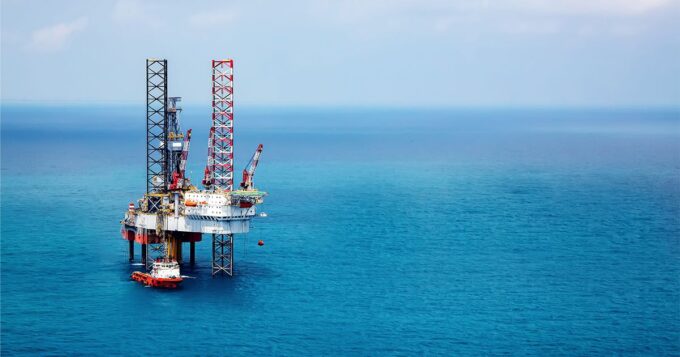
As oil is an essential commodity, it is necessary to increase its supply. It can be possible by oil extraction through drilling. Offshore drilling can improve the economic development of the country. It can reduce crude oil prices and natural gas as a country does not have to rely on others.
The overall employment of the nation can be increased with the help of better offshore drilling industries. As a result, more people will get jobs, and there will be a decrease in poverty. Both skilled and unskilled people can get into these industries.
With economic success, there will be an increase in the production of various industries. The extraction of petroleum and gas is essential for the overall development of the country. It will impact every sector of the economy.
Any country can reduce the expenses of fossil fuel transportation if it starts forming more fossil fuel industries. Offshore drilling is good for the environment, too, as it helps to create new habitats. The advancement of technology can also be achieved with the production of these industries.
Disadvantages of Offshore Drilling
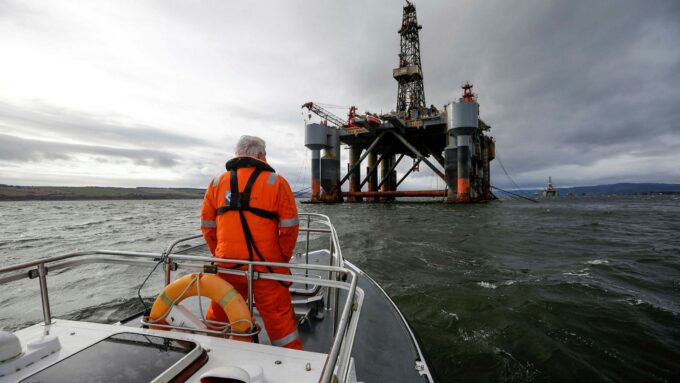
Oil spills are the most common accidents that cause a great menace to the environment. It puts the lives of many sea animals in danger. It is quite a risky profession because fossil fuel extraction is harmful to human health. There is a possibility of frequent accidents that can put anyone’s life at risk.
It disturbs the whole environment and causes threats to the wildlife. Fossil fuel extraction might increase pollution levels with the drilling equipment. The level of Global warming will rise as a result. The development of such industries will destroy natural landscapes.
Final words
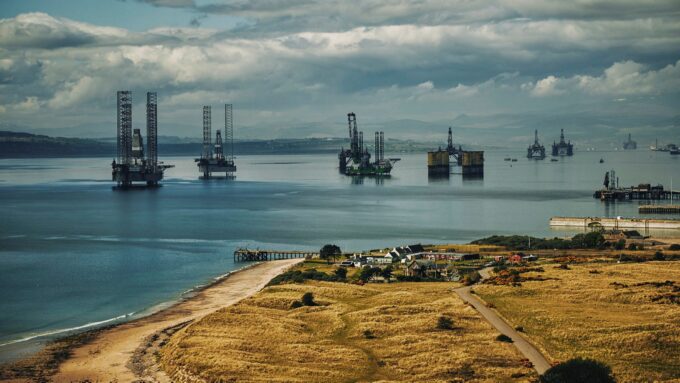
We hope this article helped you in getting the information about different types of oil rigs. Different rigs have different uses and features. As fossil fuel extraction is necessary, we must know its harmful effects on the environment. We should focus on sustainable development to preserve our mother earth.

